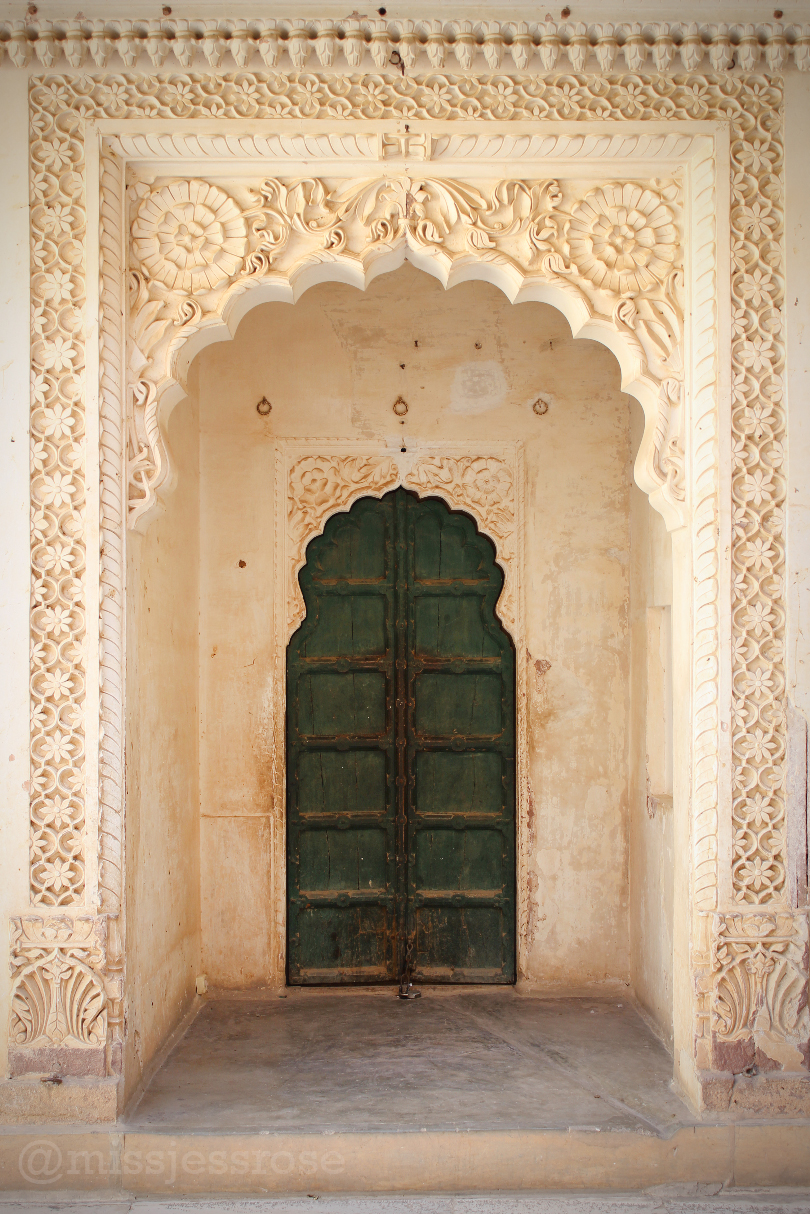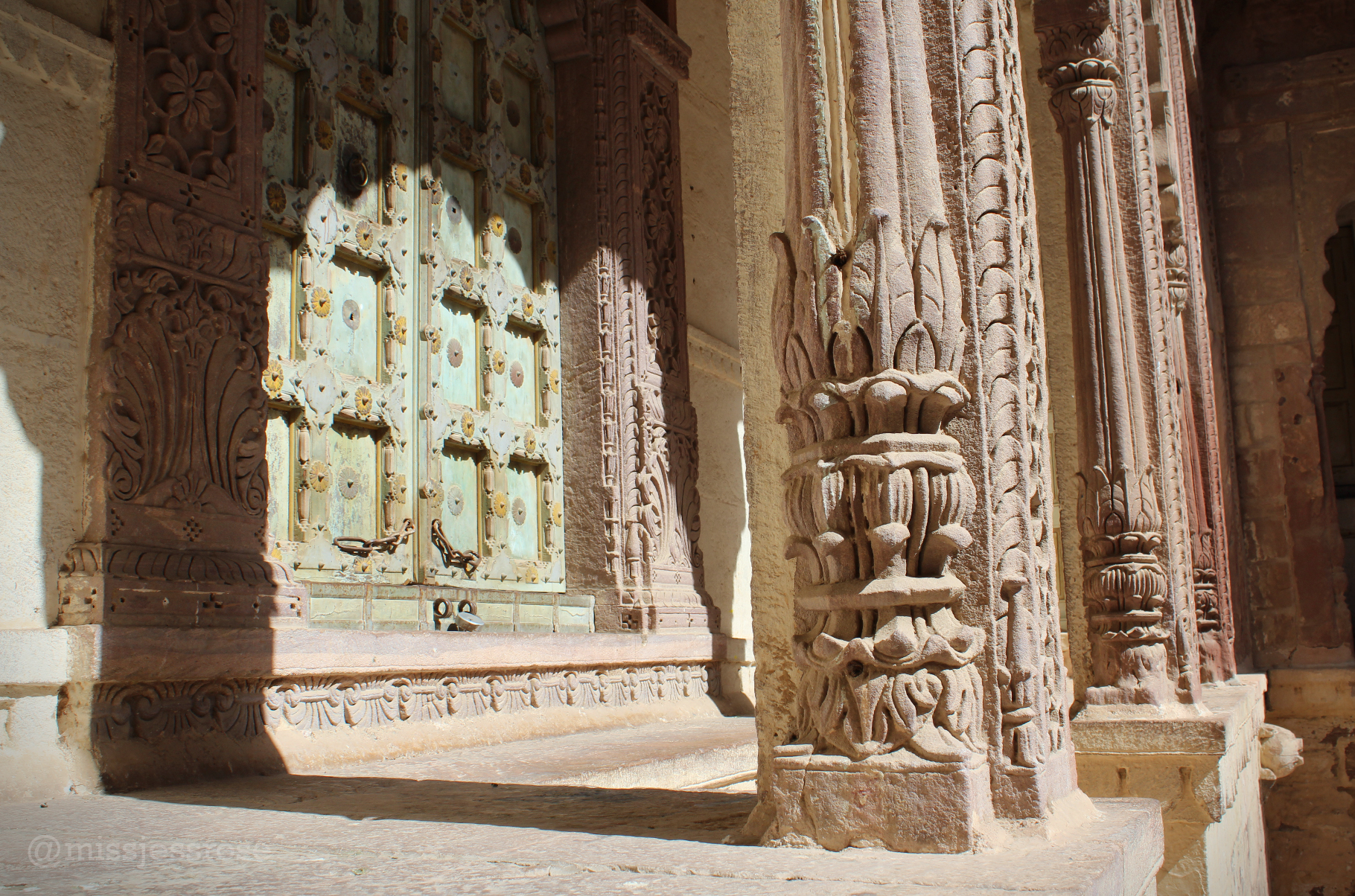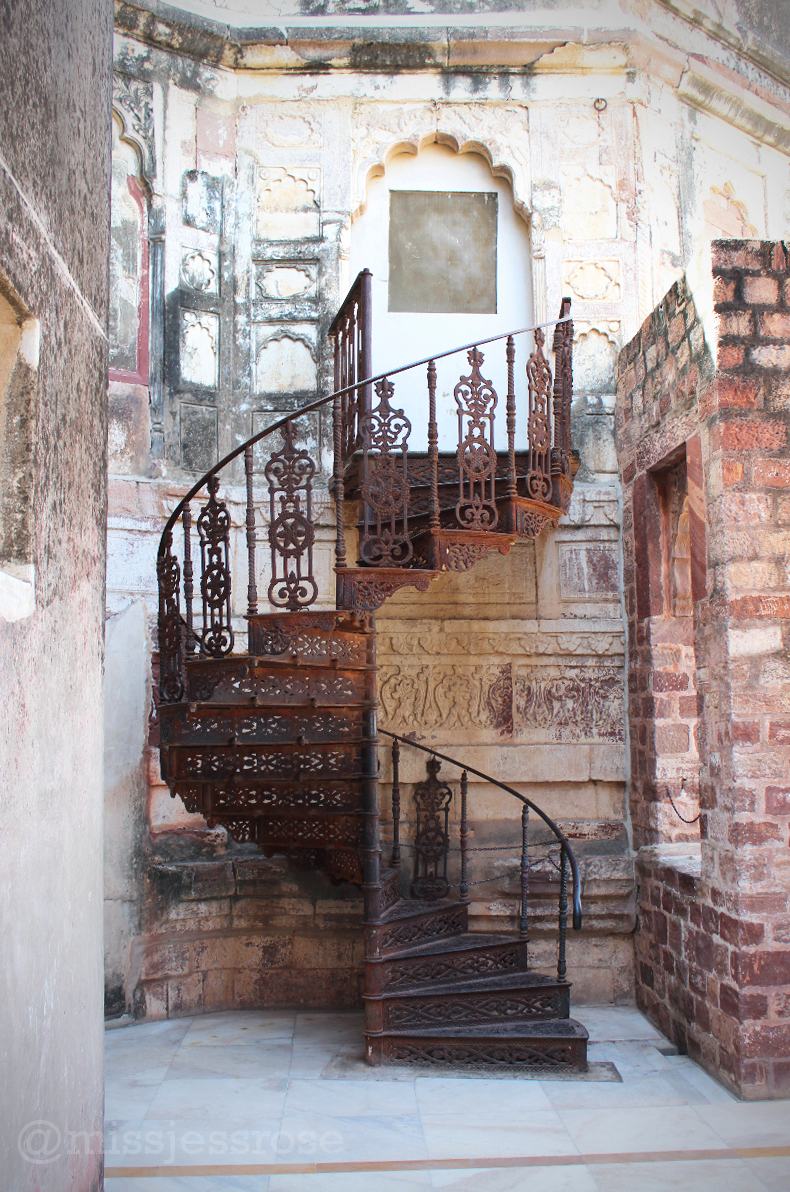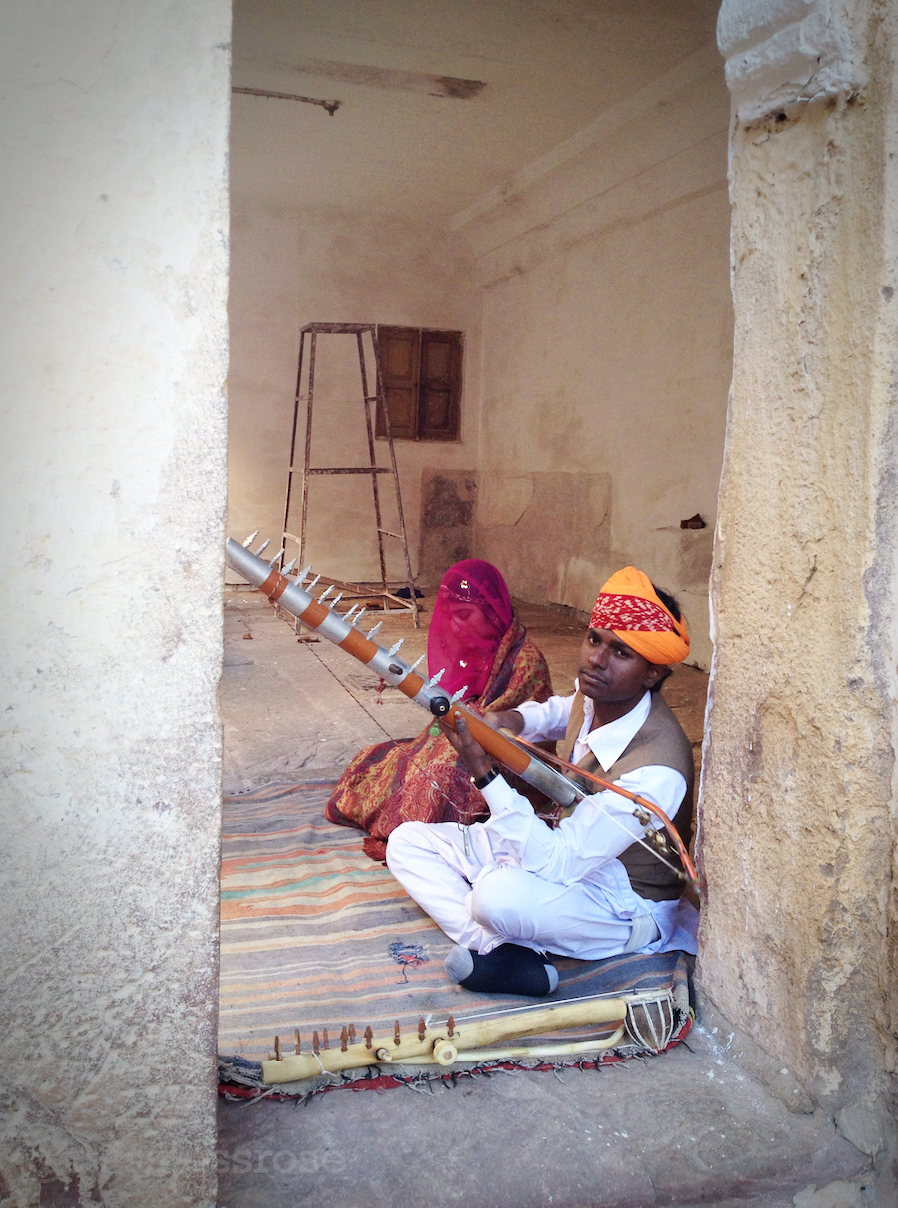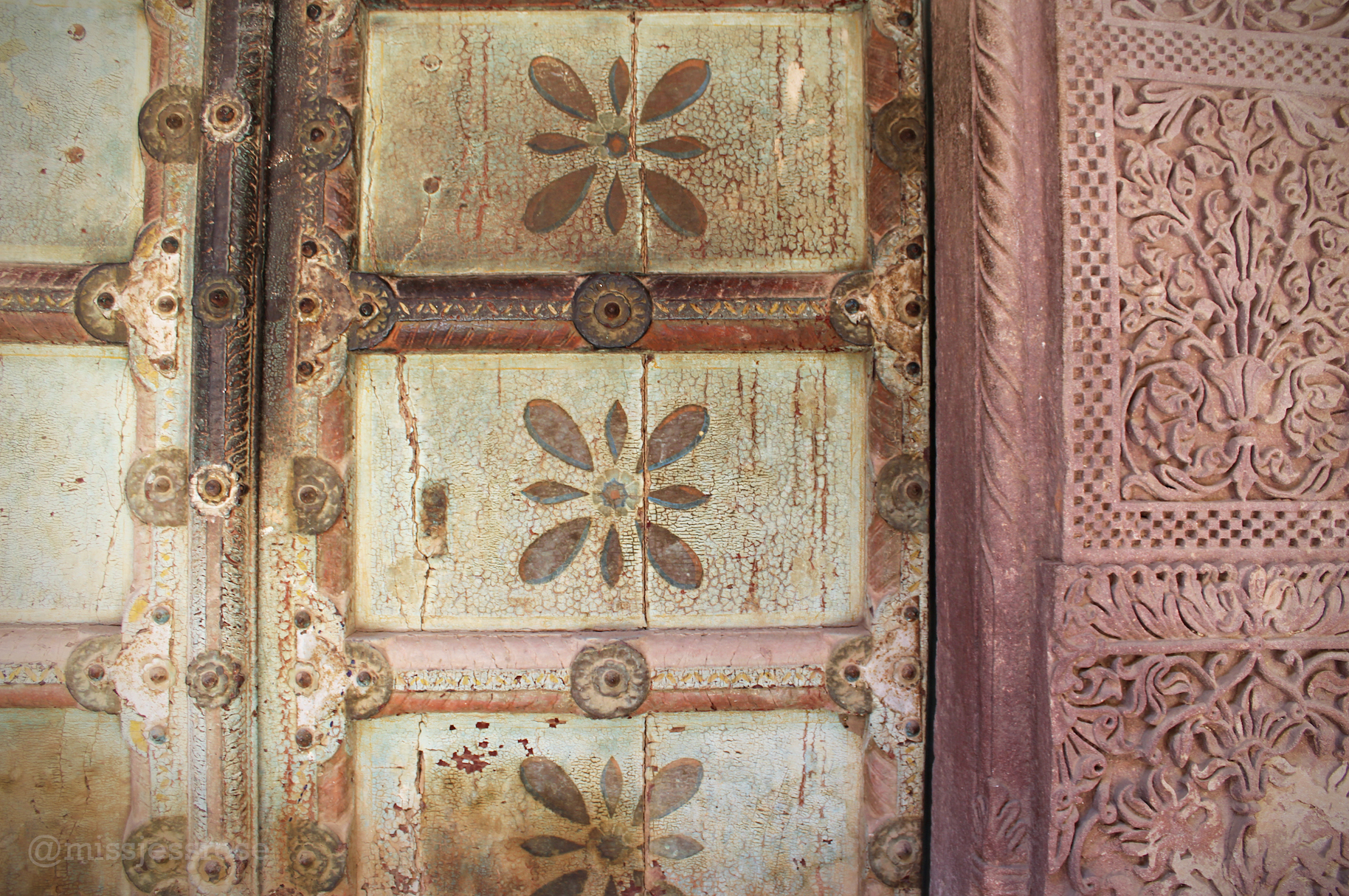Long term travel may sound glorious, but in practice, it can be hard. I struggle with articulating the challenges because basically this journey is my lifelong dream and I'm well aware of how incredibly fortunate I am to be here in the first place.
But if I'm honest, there is a part of me that just wants to stop, sit down and rest for a minute or a week. Maybe our travels are just too ambitious. After all, human sightseeing has its limits. One cannot see all the things. There are just too many.
And yet, each place we visit, we try.
I have started thinking about our journey as if it were school. The last few weeks we've been deep in Travel School's India 101 course. Well, perhaps by now we've graduated to India 102.
Forget textbooks, this is the kind of education that really counts because you have to face it all head first, even when you just don't want to. Lots of brain energy is needed to process all the newness encountered when traveling this way. With a constant barrage of information, experiences and cultural differences, the conditions make for easy exhaustion. Some days I'm in the mood for it, some days I'm not.
On the days that I'm not down for exploring or learning about whichever new location we're in, it doesn't really matter because I have no choice but to adapt and adjust to the cultural differences regardless. This I have come to accept.
The day we decide to visit Mehrangarh Fort in Jodhpur is one such day. I could seriously care less. In fact, setting foot in Jodhpur's chaotic streets to visit a historical site feels more like a chore than a fun tourist activity. I'd much rather go somewhere peaceful to read than see another thing on the to-do list.
For a week now, this great structure built in 1460 has been casting a shadow over our hotel and the rest of the Blue City. It seems a shame to come all this way only to miss one of the city's main attractions.
And so, I give you a tour of Mehrangarh Fort in Jodhpur, India.
What is this place with the weird name? Basically a mini city that sits inside one of the largest forts in India.
The whole palace fort is massive. It houses multiple former homes of royalty and a historical museum stocked full of beautiful Rajasthani art and artifacts.
Musicians playing traditional instruments sit throughout the grounds.
The palace exterior is decorated with delicate details reminiscent of latticework. From the outside looking in, you can't see a thing. But once inside, the tiny, decorative carved holes allow light to filter through casting beautiful shadowed patterns upon the artifacts on display.
There are multiple palanquins, or carriages that must be hand-carried by a group of four or so men while the royal rider sits inside. For the record, if I ever rode in one of these in olden times, I'm pretty sure I'd feel terribly sorry for the poor souls who had to carry me.
Miniature paintings fill an entire hall. They're so pretty.
We stumble upon a turban gallery, not to be mistaken for colorful toilet paper. Then we meet a man giving lessons on how to wrap his turban. I can guarantee that this experience is exclusive to Travel School.
Climbing upward through the palace halls, at last we capture a complete view of the Blue City below. From this vantage, one understands where the city gets its name. There are hundreds of blue buildings. It's believed that the color blue repels both insects and heat from the sun. I'm uncertain if there is any scientific logic behind that, but it sure makes for a stunning city.








